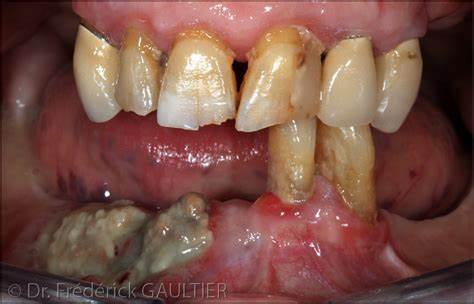Potential Side Effects of Dental Whitening
1- Enamel Hardness
Whitening agents with acidic pH cause greater reductions in hardness when compared to products with neutral or slightly alkaline pH .
Research has also revealed that whitening using two 10% CP products with pHs 6.79 and 6.23 for 8hrs/day for a duration of 14 days have resulted in no significant changes in enamel hardness.
All studies reported had artificial saliva as a storage medium for whitened enamel to provide samples with an opportunity to undergo remineralisation between whitening cycles.
Limited exposure time could possibly contribute to the absence of any significant side effects in whitened enamel, and this could mean that the impact of pH and concentration become significant when the exposure time exceeds a certain limit.
According to McCracken and Haywood, enamel treated using a product containing carbopol caused a significant micro-hardness reduction in the outer 25 um of enamel specimens tested .
2- Enamel Roughness
Constituents released by the breakdown of CP or HP following a whitening procedure create porosities, grooves, and cracks in enamel, making it rough and more susceptible to extrinsic staining when measured in vitro .
It has been reported that carbopol in whitening products causes an increase in enamel roughness in comparison to products containing natrosol, a cellulose-based non-ionic polymer, thickening agent.
In essence, research suggests that prescribing non-acidic whitening agents with low concentrations, for a relatively short duration would minimise harmful side effects of whitening agents.
3- Enamel surface loss
Friction tests using a tribometer, showed that tooth surface loss and reduction in hardness in bovine enamel exposed to acidic HP whitening agents (pH 2.7 to 3.9) were 2-3 times the level of loss caused by neutral HP (pH 7.1).
Light activated whitening has been shown to be more aggressive than whitening with no light activation.
For instance, diode laser assisted whitening using 30% HP caused significantly greater enamel damage in the form mineral loss and loss of interprismatic enamel, when compared to whitening using 40% HP with no light activation source .
In an attempt to improve upon whitening agents and minimise surface loss, the addition of casein phosphopeptide–amorphous calcium phosphate (CPP-ACP) as a remineralisation agent proved to stabilise the level of calcium and phosphate in saliva, therefore, enhancing its buffering capacity.The significant benefit remineralising agents have, proven by various clinical and laboratory studies, justifies the strong recommendation for their use during or after tooth whitening.
Sugar-free gum containing CPP-ACP
4- Colour change
Dominguez et al., additionally, claims that the light activation source is more relevant to the whitening process than the choice of whitening agent, as whitening using 35% HP activated using light-emitting diode (LED) produced the best whitening result in comparison to laser or halogen.
Colour stability depends greatly on diet and smoking habits as they contribute to the development of extrinsic stains.
In cases of intrinsic staining such as dental fluorosis, enamel microabrasion prior to whitening showed great long term success .The process of microabrasion eliminated the porous enamel subsurface
which entraps stains and causes light scattering; allowing the whitening agent to reach deeper into enamel and produce better whitening results than whitening protocols not including microabrasion.
Bristo et al., proposed abrading enamel surface using a fine diamond bur under water cooling for 5-10 seconds, followed by a 60 second prophylaxis using a 6.6% hydrochloric acid slurry with silicon carbide microparticles. This technique increased the degree of penetration of whitening agents, improving whitening efficacy and long term stability [ref].
5- Sensitivity
Soares et al. reported that whitening using 35% HP for 5 minutes and 17.5% HP for 45 minutes similarly produced significantly less damage to enamel compared to 35% HP applied for 45 minutes, concluding that post whitening sensitivity is dependent upon both whitening duration and concentration [126].
In an attempt to minimise harmful side effects inflicted by high whitening concentrations, researchers have investigated the benefits of separating whitening cycles , reducing whitening cycles from 3/15 minute to 2/15 minute cycles, and incorporating sugar-free gum containing CPP-ACP to reduce post whitening sensitivity.
For more information, visit




Comments
Post a Comment